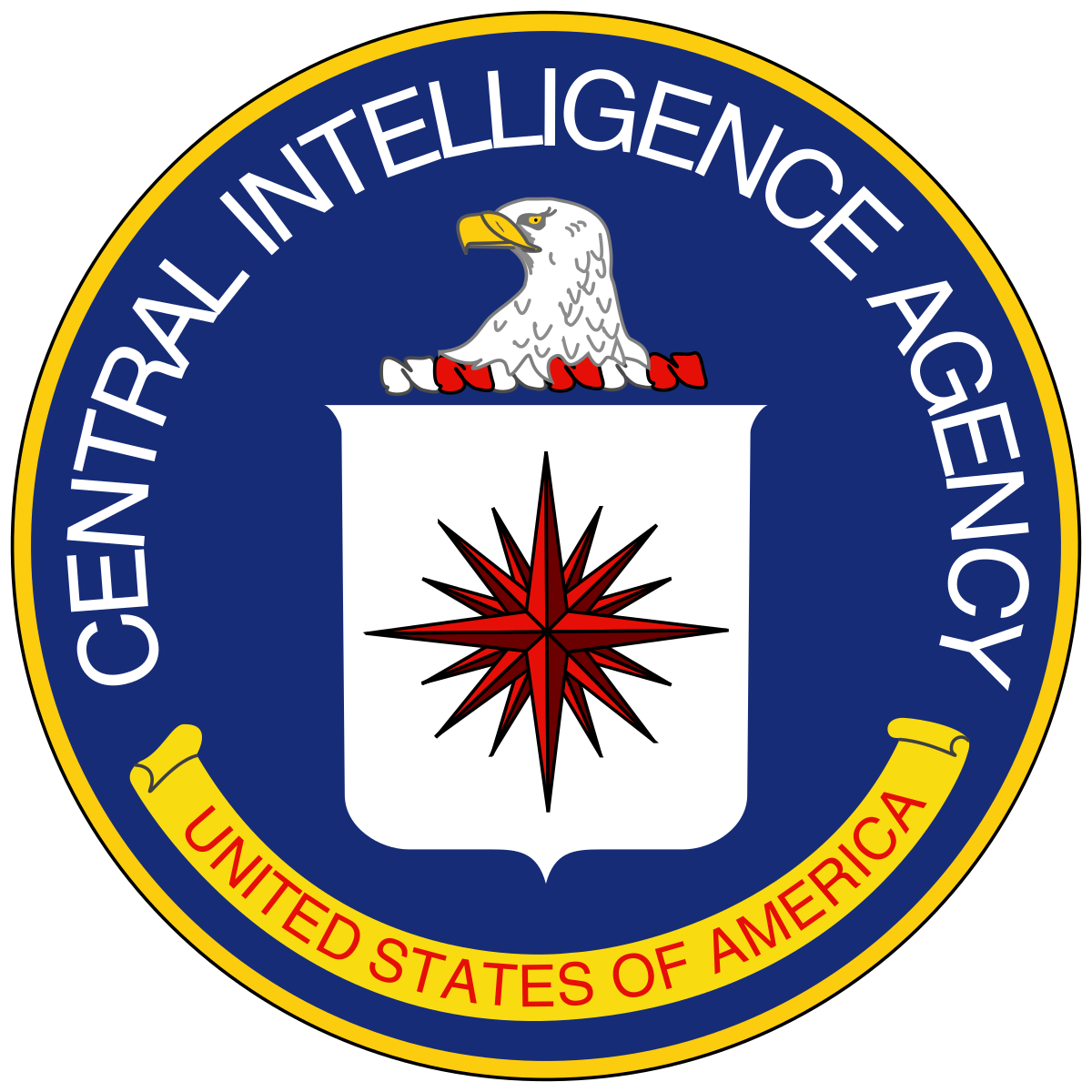Originally posted by Patrick Differ
View Post
Also note the document at the top of the wiki page I've linked to below. It has RFK opening a meeting of Operation Mongoose, and concerned that not as much was being done as should be done. He called for "massive activity" throughout the entire Mongoose framework. General Lansdale said that another attempt would be made against the major target, which had already been the object of three unsuccessful missions. That's not a smoking gun, but I would think "the major target" refers to Castro. RFK's complaint with the CIA appears to be that they weren't doing enough rather than that they were doing too much.



Leave a comment: